Contrary to popular belief, Brutalist architecture is not closely related to socialism: the style first appeared in England in the 1950s. Still, in socialist countries such as Estonia, it became inseparable from the political system of that time.
Author: Zsófia Tóth
Brutalism was popular in the fifties, sixties, and seventies, but today it is enjoying a renaissance again. Few styles are more divisive, probably because the Brutalist buildings, with vast amounts of concrete, do not blend in with their surroundings. Their main aim is to arouse emotions, but for the same reason, many people see them as too flashy, aggressive, or overwhelming.
Brutalist architecture has changed a lot over the decades. Earlier the architects tried to show as much of the structure as possible, but later more sculptural, gigantic buildings dominated the Brutalist style.
Tallinn TV Tower
David Basiladze, 1980
The 314-meter tower can be found in the Pirita district of Tallinn. With its slit-like windows and blocky appearance, it deserves the label of Brutalist. It was built for the 1980 Moscow Olympics to improve the quality of broadcasting in the city. Later the tower became a symbol of independence as Soviet soldiers tried to take it during the fights, but the Estonians managed to hold them back. The building is open to the public today, with a museum on the ground floor.
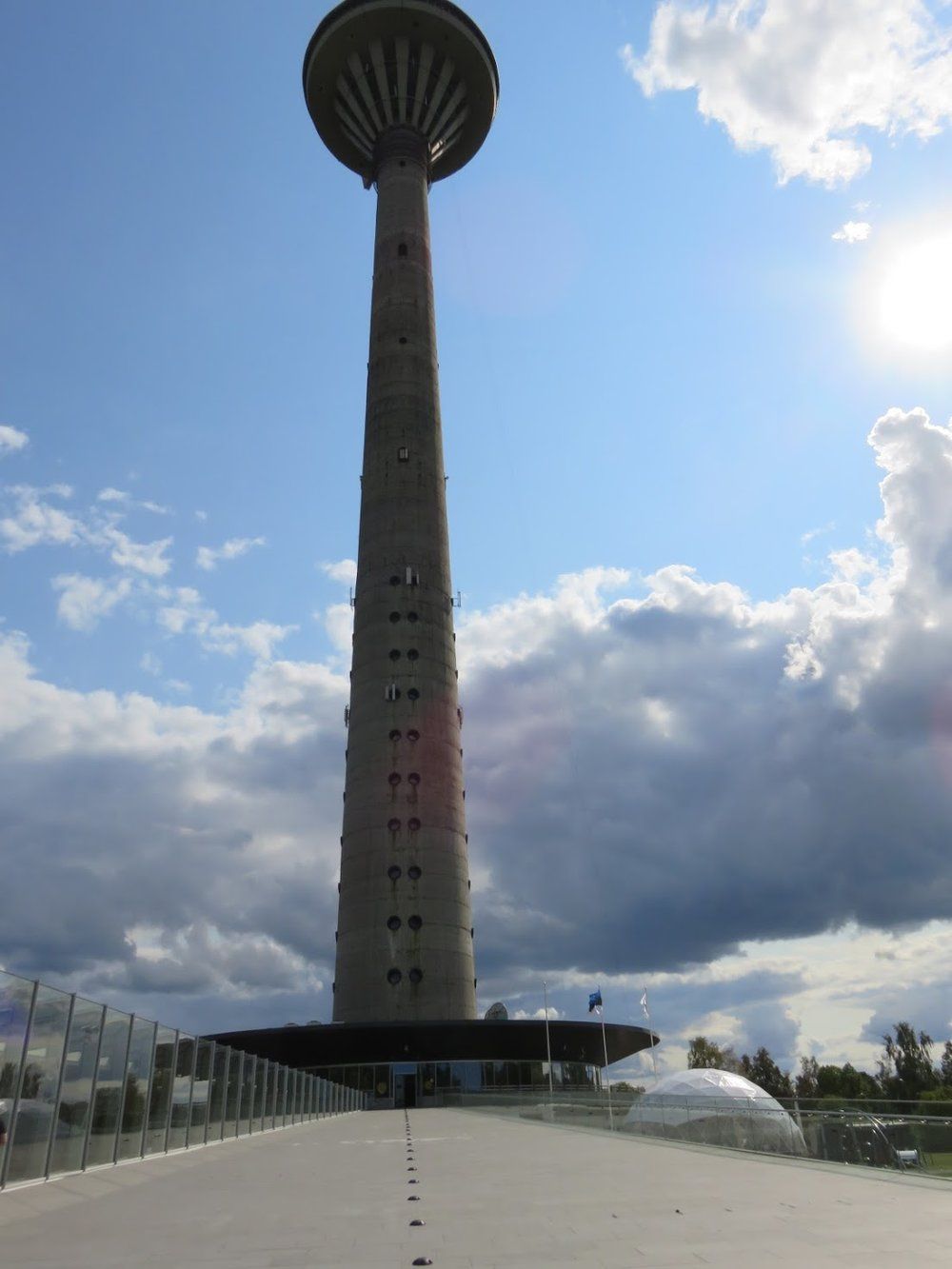



Maarjamäe Memorial
Allan Murdmaa & Matti Varik, 1975
The monument is also located in the district of Pirita, just a hop, skip, and a jump from the sea. The memorial features both landscaping and architectural elements, such as the obelisk or the much larger arena. Both were dedicated to the memory of Russian soldiers who had fallen when defending the Soviet Union during World War II. Originally planned to be much larger, the monument was never completed and now resembles an abandoned bunker.
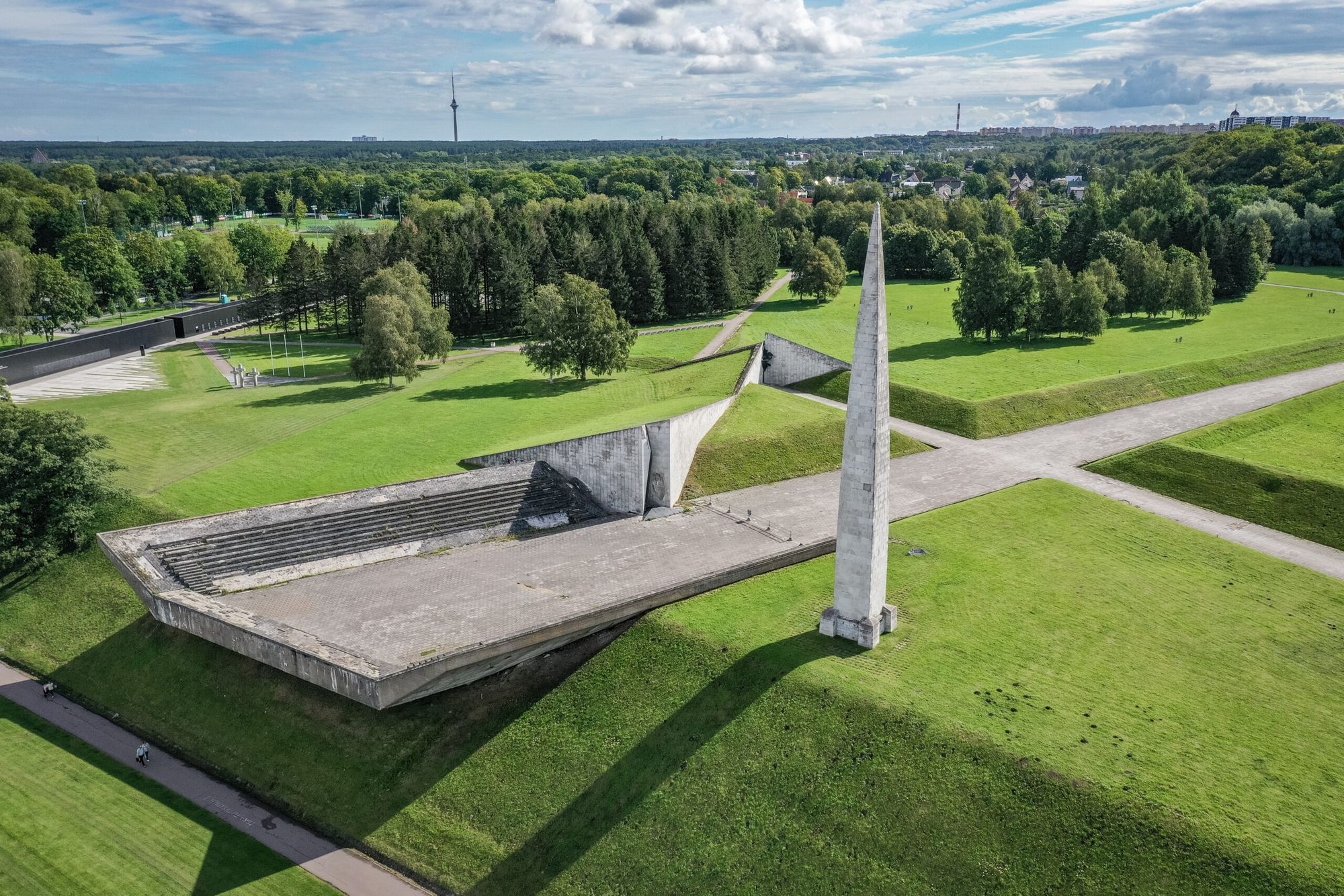



National Library of Estonia
Raine Karp & Sulev Vahtra, 1993
The library itself has a much longer history, but the building is the youngest on our list. Construction began during the socialist era, but the building was completed after Estonia restored its independence. It is the largest library in the Baltics to this day.



Linnahall
Riina Altmäe & Raine Karp, 1980
The ziggurat-like building stands abandoned just a few streets from Tallinn’s old town. Originally built as a multi-purpose stadium for the 1980 Summer Olympics, it hosted sporting events and concerts during the last decades. It was closed in 2009, but it had already lost much of its former glory in the last decade of its operation.

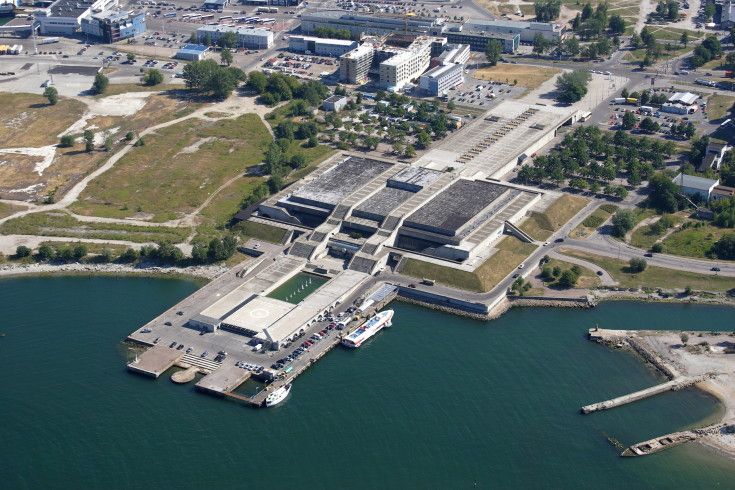
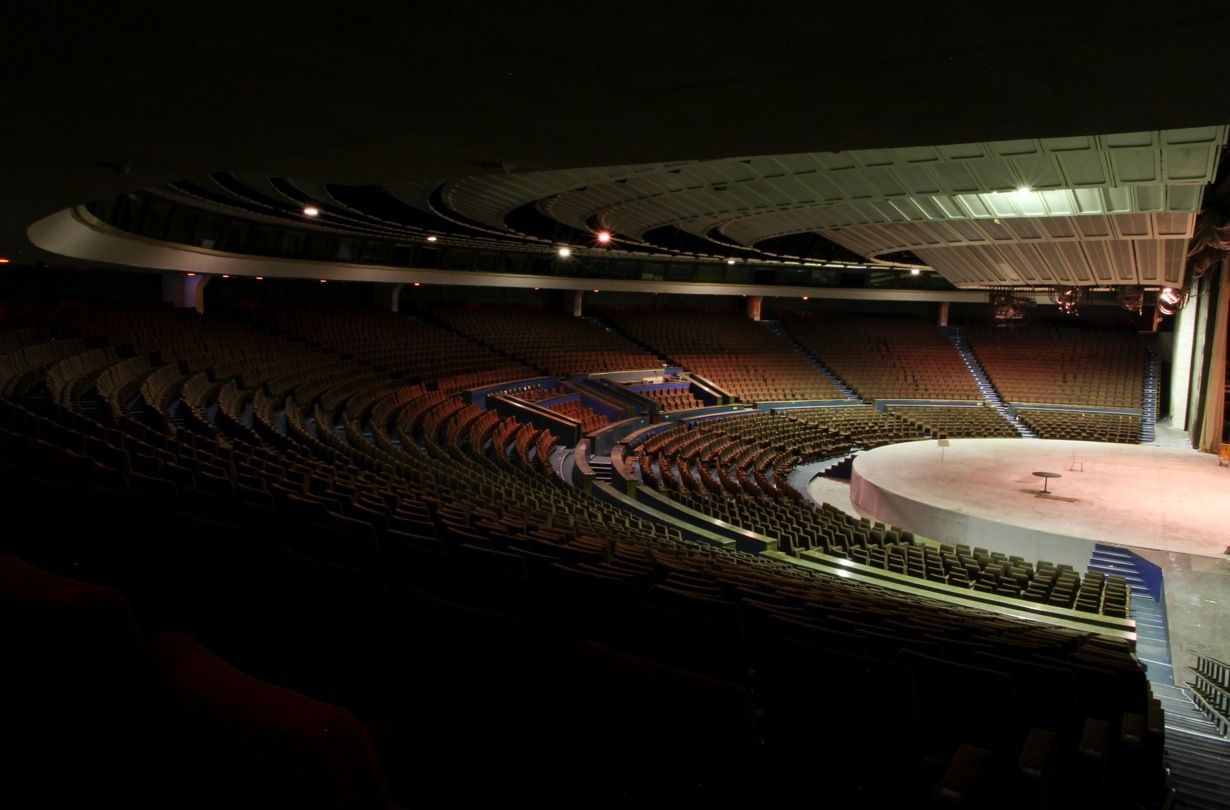
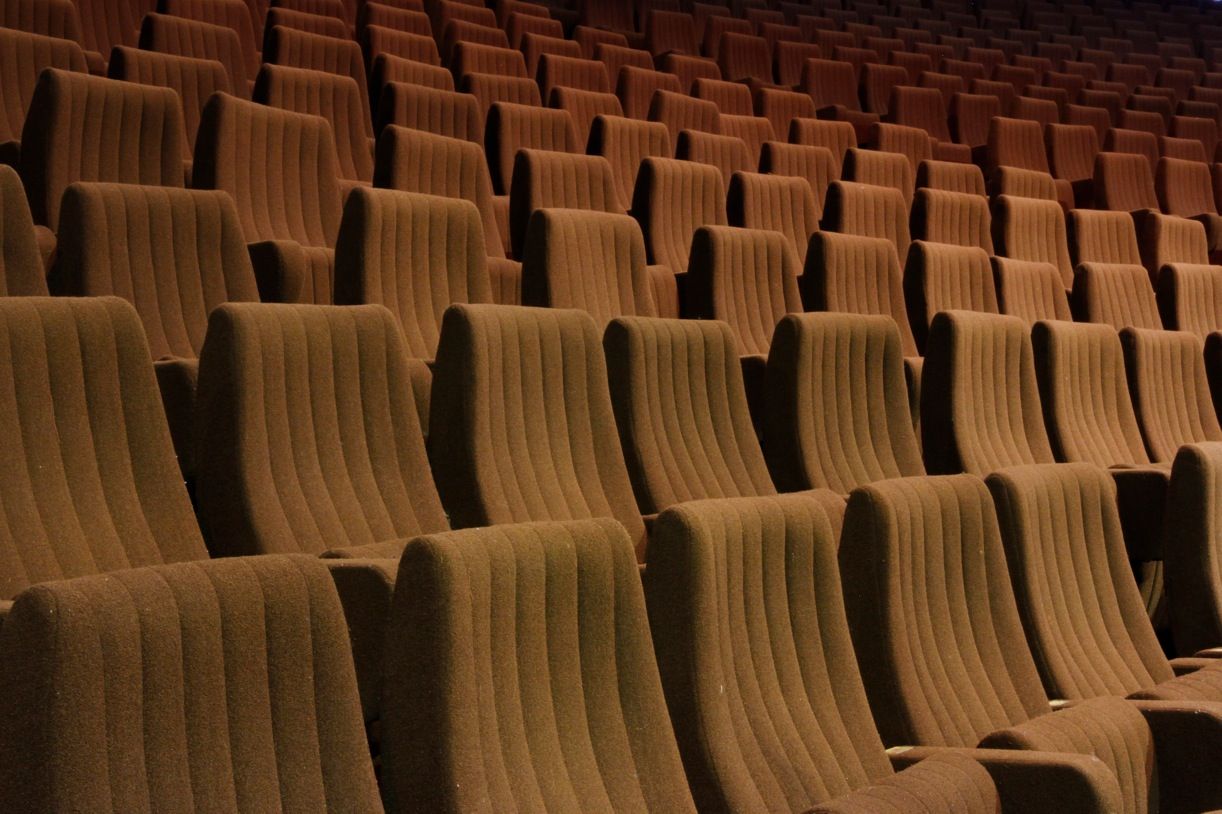


Väike-Õismäe
Mart Port & Malle Meelak, 1973
The subdistrict of Väike-Õismäe is an interesting example of Soviet urban planning based on the idea that the environment alone can change people’s behavior. It still has inhabitants, but the utopia was never realized. After the Soviet Union collapsed, the subdistrict could not adapt to the new demands and changing lifestyles, such as increased car traffic.
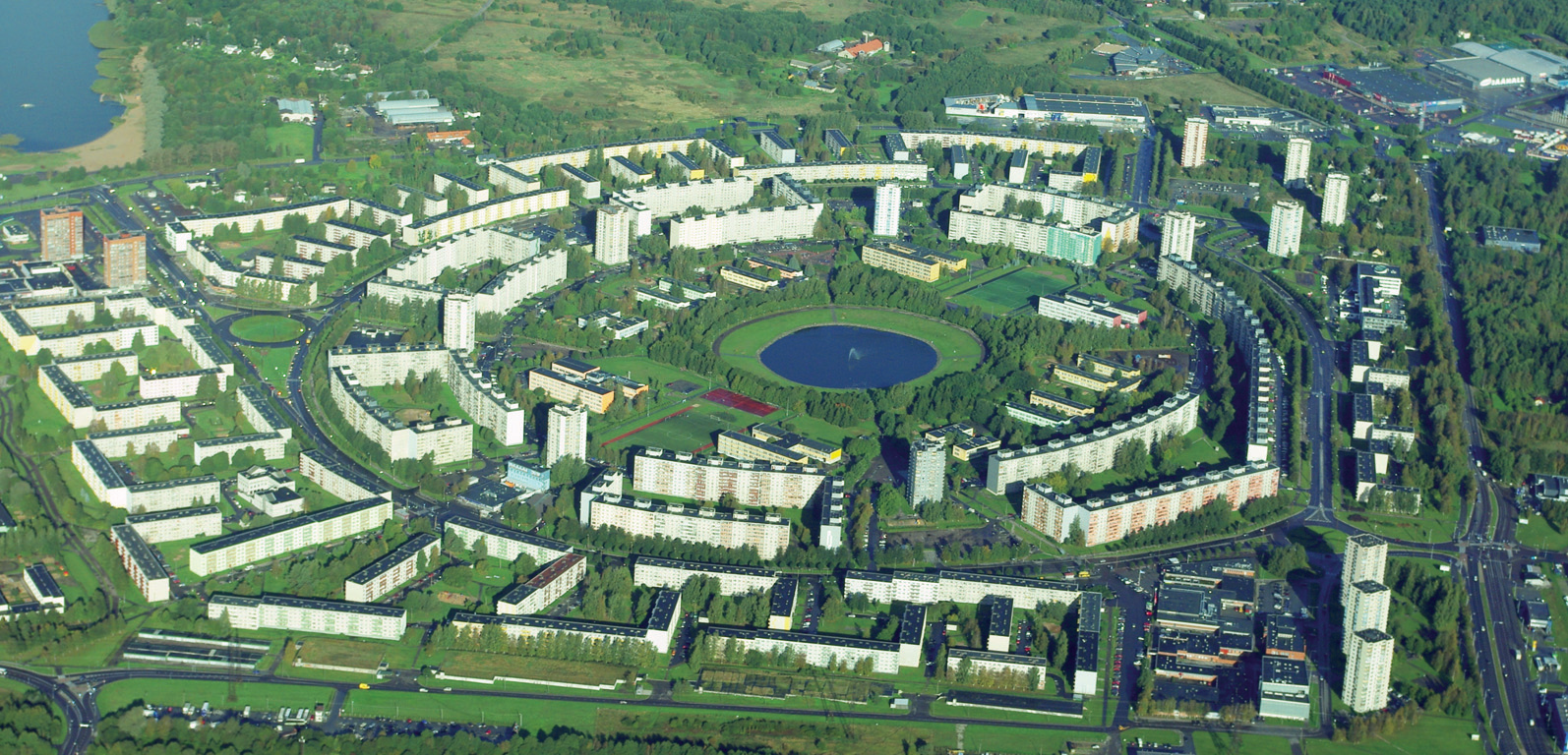


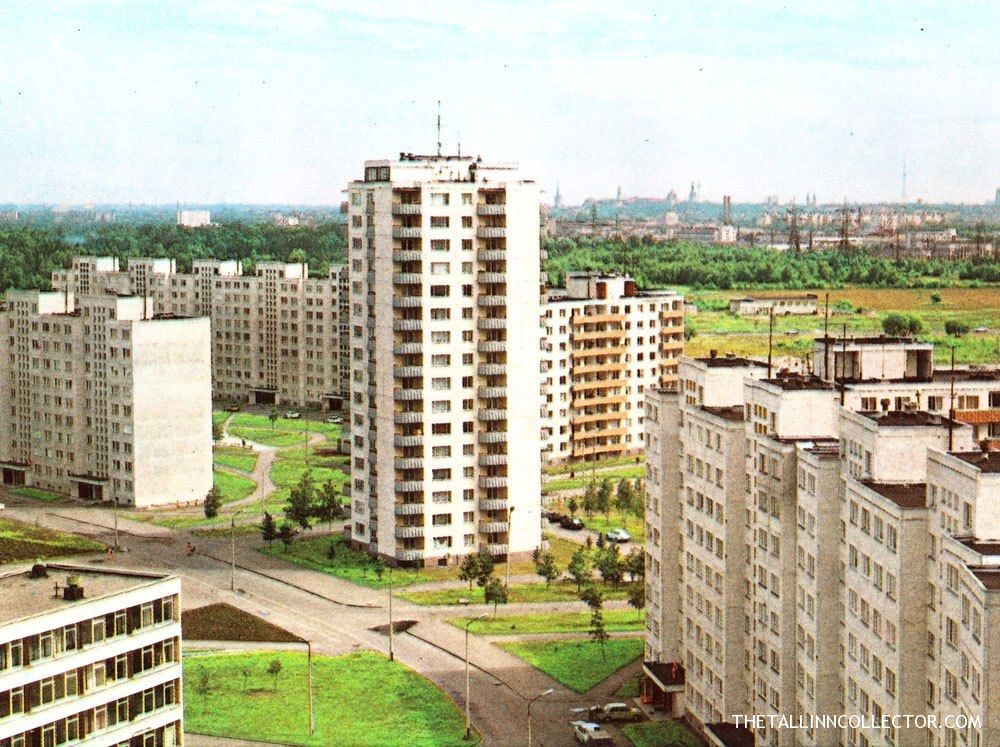
Sources: degradedorbit, peallin, nlib, eurasiancities, 100of20.innovaconcrete, news.postimeesH

Ukraine needs three things: weapons, weapons, and weapons

Reshaped traditions—Onyx Műhely x MOME










